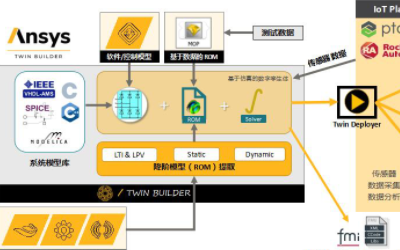Fast-moving consumer goods segment sees steady Q2 recovery
Sales of fast-moving consumer goods in the second quarter in the Chinese market has seen steady recovery, according to an industry index report issued on Tuesday.
The growth rate of fast-moving consumer goods in the second quarter is on par with that of the first quarter according to Kantar Worldpanel China data, signaling a mild comeback in the sector supported by a solid rebound of consumption power.
Kantar's data show in the first quarter of 2023, FMCG sales in urban China returned to growth, increasing by 0.3 percent year-on-year, 4.3 percentage points higher than the growth rate in the fourth quarter of 2022.
In the second quarter, household cleaning products have kept their growth momentum, up 10.2 percent in the past six months.
The beverage category has grown by 5.2 percent compared to the same period last year. Juice, functional drinks and ready-to-drink tea have increased more than 18 percent. Food has declined 3.4 percent year-on-year thanks to a high level in the same period last year due to stockpiling.
Hypermarkets and supermarkets have slowed down their weakening trend while sales at smaller format shops kept increasing.
Wumart Group, the Beijing-based retailer, boosted by its membership-only store Metro, has increased 0.3 percentage points in terms of market share to 3.5 percent.
Bailian Group, the retailer centering in the East region, has also returned to the same level of 2021 with a 0.2 percentage point increase. Sun Art Retail's market share continued to drop to 7.3 percent in the quarter, down 0.5 percentage points compared to a year ago.
Regional retail players have spurred development given further fragmentation. Meiyijia, the Guangdong province-based leading convenience store network, has seen revenue go up 7.4 percent in the quarter. By June, Meiyijia operated more than 32,000 stores, meaning 2,000 new stores have opened in a half year, or 10 new openings every day.
E-commerce platforms have grown steadily, with highlights from social media channels. The penetration rate of Tmall and Taobao combined, as well as JD, have declined 0.5 and 0.8 percentage points respectively. Pinduoduo has attracted more consumers in the past three months, with its penetration rate up 0.6 percentage points.
Rapid growth has been recorded by Douyin. About 22.9 percent of Chinese urban families have purchased fast moving consumer goods through Douyin in the second quarter, giving the platform an edge over JD.com.








